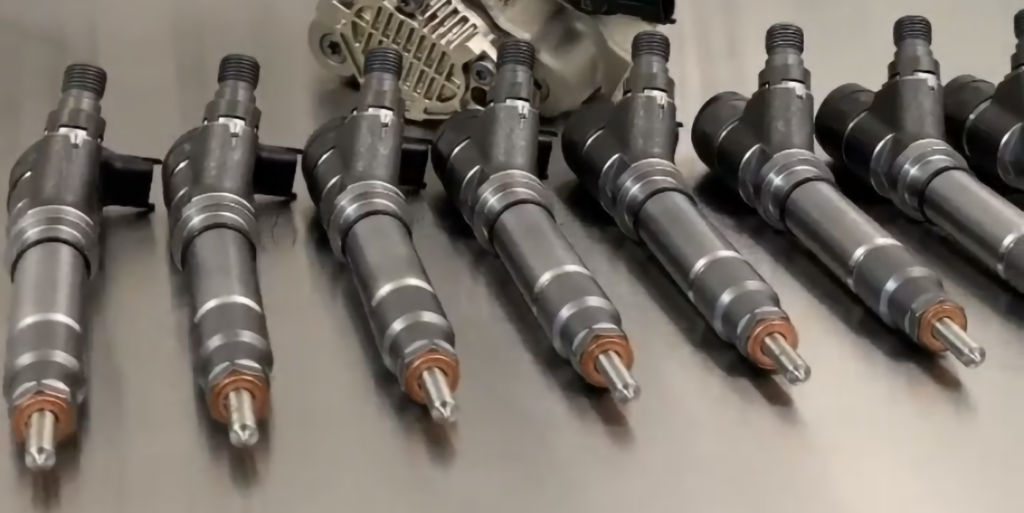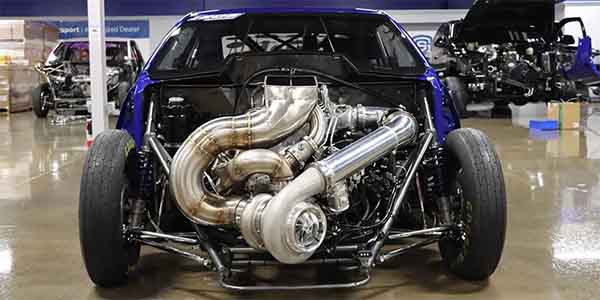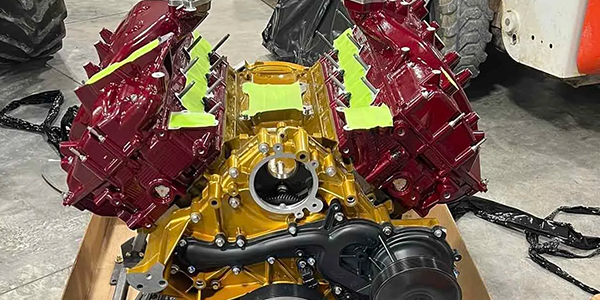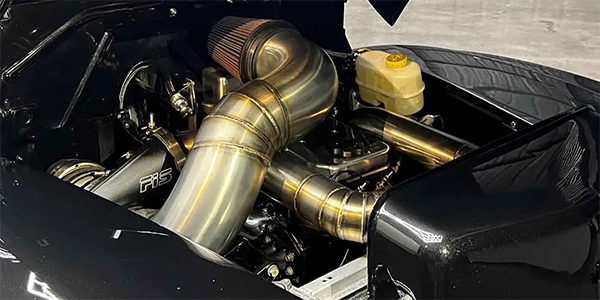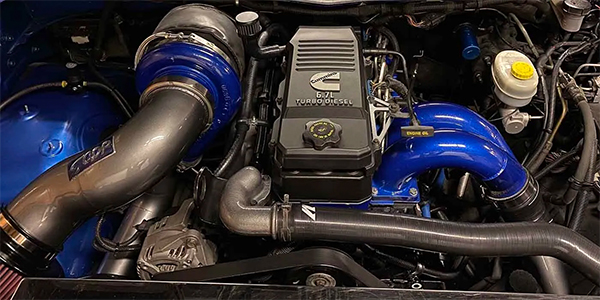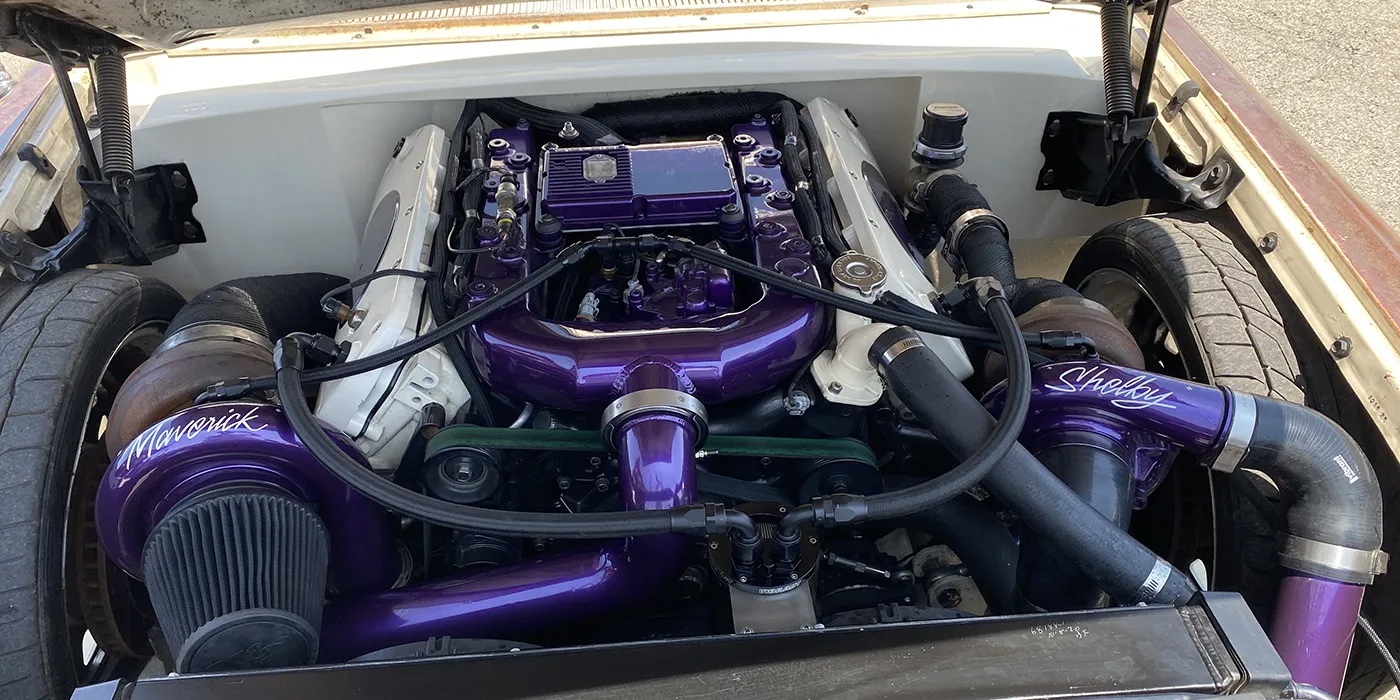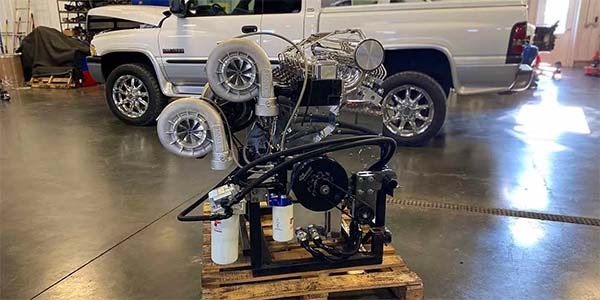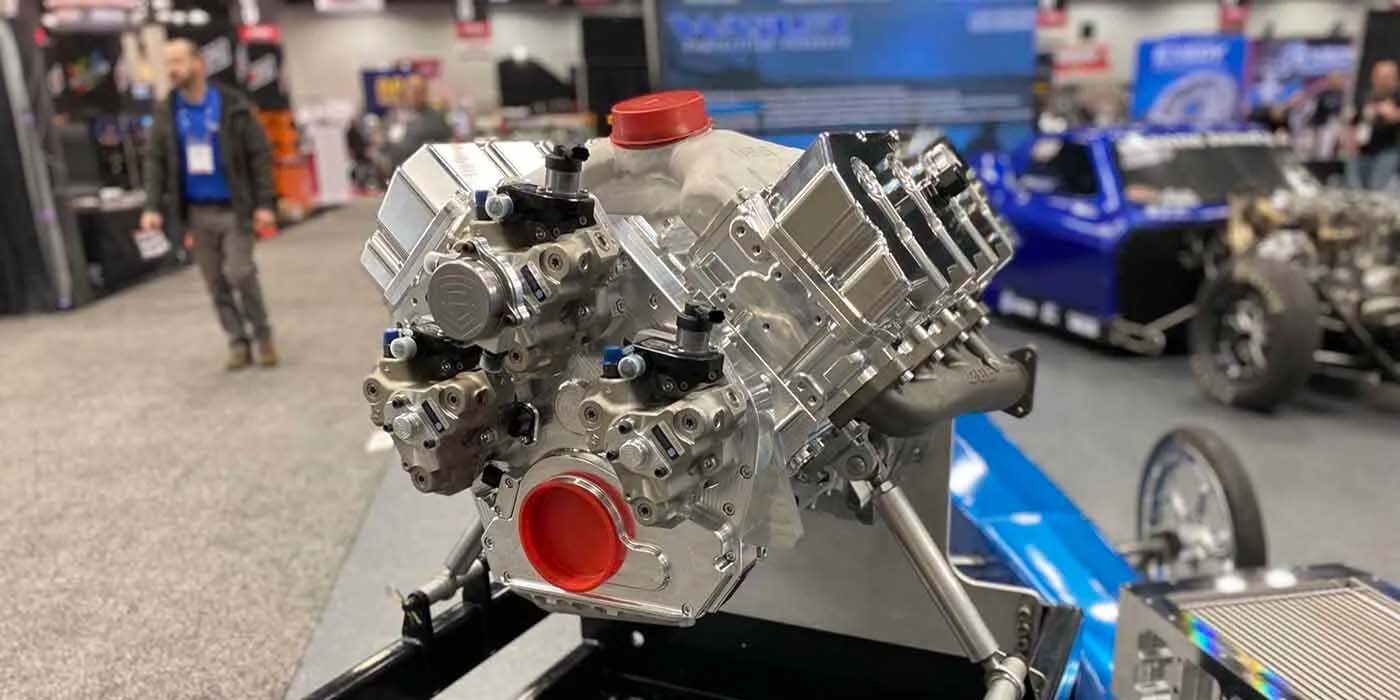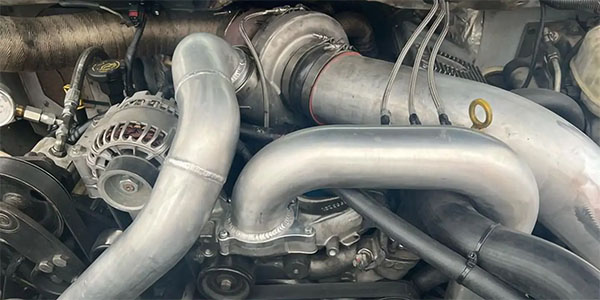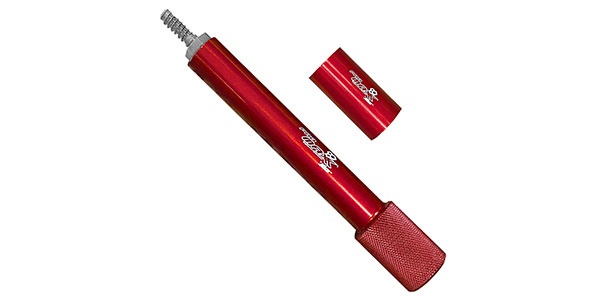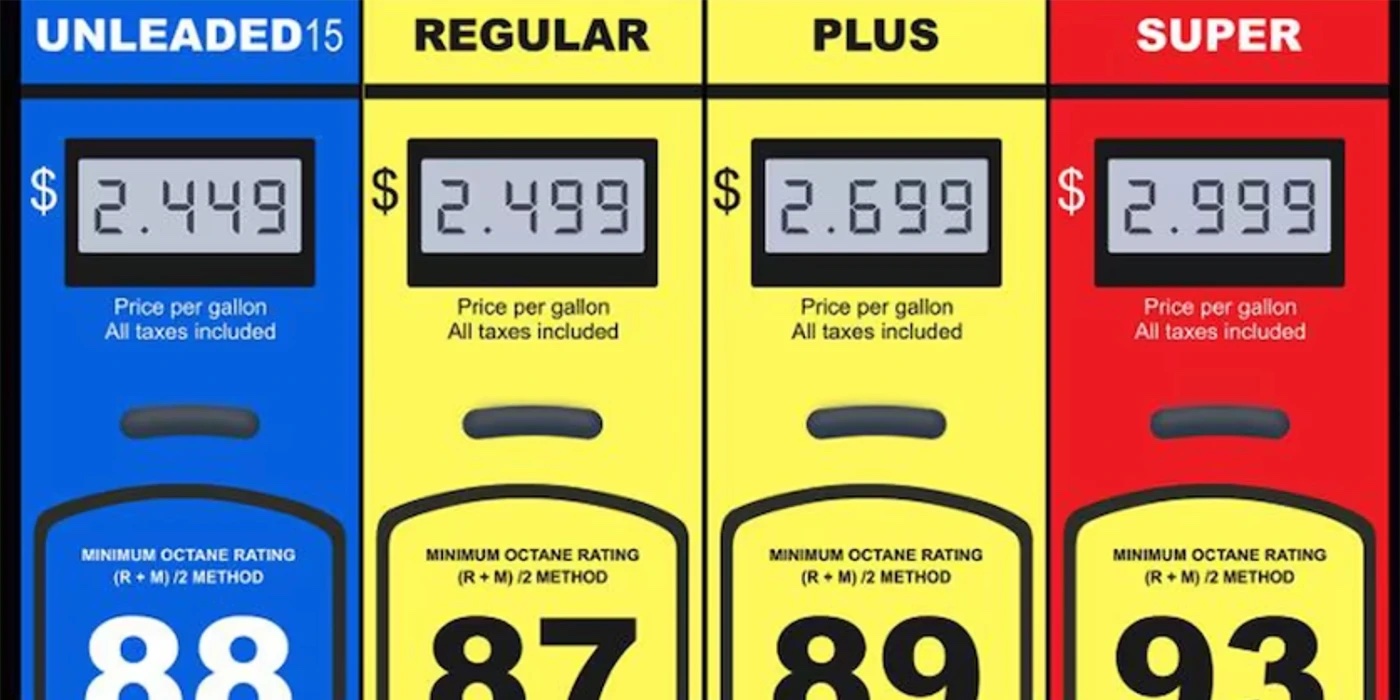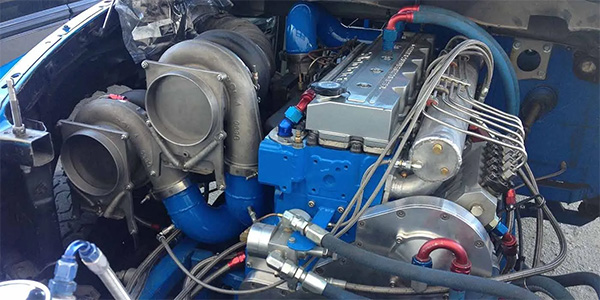Courtesy of Engine Builder
It’s no secret to all you engine builders and diehard enthusiasts that air and fuel are two very important factors for performance, especially in the diesel world these days. Recently, I came to find out that you don’t truly know just how important something like your fuel system is until you sit down and chat with a guy like Lavon Miller of Firepunk Diesel. I recently did just that and got schooled on all things fuel systems and injector combinations, so I could pass along that great info to all you diesel fanatics.
The secret sauce for getting everything you can out of your engine lies in the fuel system. It’s the heart of a diesel. Make more air, need more fuel, and you make more power. Lavon and Firepunk Diesel have been playing this high-performance game since 2005, when for them, it started as a hobby. In 2009, it became a business, and today, Firepunk is synonymous with trend-setting diesel innovation and helping others achieve their goals and dreams inside a truck.
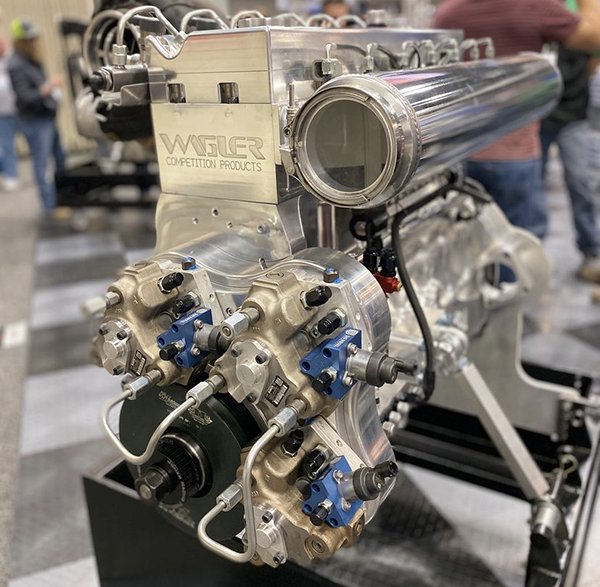
Firepunk Diesel has many capabilities, but fuel systems and the data behind what works and what doesn’t has become something Lavon and his team have mastered. Before we dive into the specifics, there’s an important piece of info everyone should know.
“Good, clean fuel is very important in a common rail system,” Miller says. “All it takes is a little piece of dirt that’s two microns to start causing damage in the internal control rod of the injector body. A lot of guys come from the mentality of the old-school P-pumps where you could pretty much put vegetable oil in your fuel tank and it’ll run. The new common rail systems are a lot fussier. Good quality fuel, good filtration and good lubricity is key.”
Fuel treatments and additives can help keep your fuel in top shape, but when it comes to getting your fuel system operating at peak performance, it’s all about better fuel pressure, better spray patterns, atomizing fuel, and making heat. That’s where the power is made.
In dissecting a typical diesel fuel system, there’s really three main components – the injector, the high-pressure fuel pump or CP3, and the lift pump. A stock fuel system in a 325-hp diesel engine with an aftermarket turbo, can make 550 hp by maxing out the stock fuel system. As you increase injector size, you’re increasing your nozzle flow.
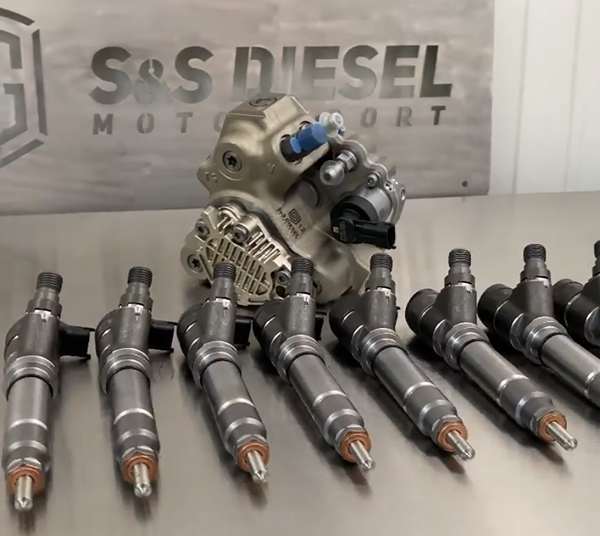
“A lot of people go from a stock flow injector to 60% over, 100% over, 200% over, up to 400% over depending on what your end power goal is,” Miller says. “A lot of the UCC guys are running between 400% and 600% over injectors. Obviously, you need a CP3 pump that can support it. The CP3 pump, depending on your injector size and your rpm, will depend on how much pump you need.
“It’s a whole can of worms when you start talking about this stuff, because we’re finding a big difference between if you run a large injector, say a 500% over, and then you keep your injector pulse width short. The CP3 has more time to recover rail pressure in between injector cycles from one injector to the next. The same CP3 can support more power with a bigger injector than it can with a smaller injector and having injector pulse width stretched way out. The next injector is firing before the other one is shut off and the CP3 has a lot harder time recovering rail pressure.”
As time has gone on, injectors have gotten bigger, injector pulse width and the tuning has remained shorter, and the diesel industry has figured out how to make engines as efficient as possible to where more horsepower can be made with the same fuel quantity as before – just add nitrous or increase your air/fuel ratio. Diesel engines can make significantly more power by leaning them way out.

